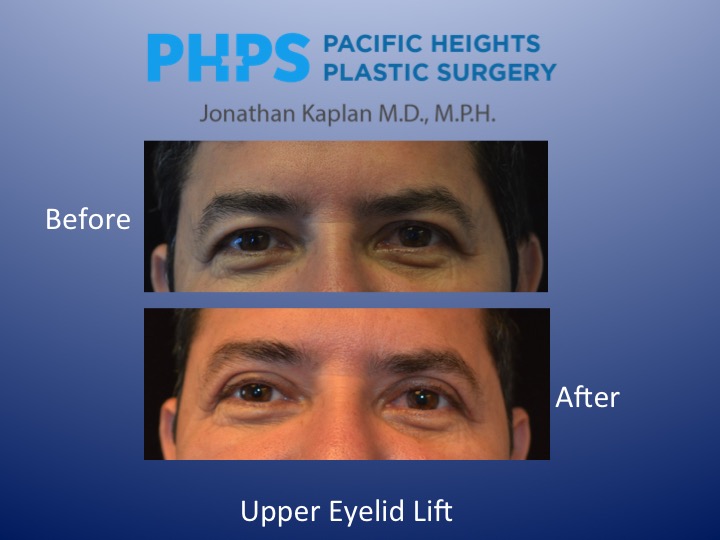
It is important to understand what you can expect from facial implants surgery. Learn more about the recovery and incisions as well as the surgeon recommended. Also, be aware of the risks involved. The New York Plastic Surgical Group offers expert facial-implant surgery.
Facial implant surgery recovery
After the surgery, a patient should take the time to rest. There will be some swelling andbruising after the procedure. They should avoid strenuous activities the first 2 weeks. A dressing will be placed on the incision. The initial recovery time depends on the type of procedure performed and the pain medication used. The average recovery time takes three to four months.
The office or hospital can perform facial implant surgery. General anesthesia is used to sedate the patient during surgery. An incision will be made inside the mouth or below the lip by the surgeon. The incision will be closed by sutures. If necessary, tape or bandaging may be applied to the area to reduce swelling. The sutures should be removed 7-10 days after surgery.

The patient should stay in the recovery area during recovery until they are alert again and their vital signs stabilize. It is not uncommon to have a sore or sore throat after facial implants surgery. However, it is usually temporary. Any discomfort should be reported to their care team. Patients should arrange for someone to drive them home, even though most facial implants are outpatient procedures. They should have someone with them the first night.
Facial implant surgery: Incisions
The incisions used in facial implant surgery vary based on the type of implant and where it will be inserted. Cheek implants are often placed through an incision made inside the mouth, underneath the lower lip, or just below the chin. They are secured in place with sutures and may also be held in place by metal screws. The stitches usually dissolve after about ten days.
Facial implant surgery is performed through the mouth. Bandages are used to cover incisions. The surgeon will give you specific instructions for caring for your incision. The surgeon will tell you when to return for your follow-up appointments. After surgery, swelling can occur and you might not be able to eat for several days.
The procedure involves placing synthetic materials beneath the subcutaneous tissue and onto the bone. Various types of materials are used for facial implants, and advances in the materials sciences are opening up more possibilities every year. Although some people prefer injectable fillers to facial implants, they are a permanent, time-tested technique that produces natural-looking results. Make sure that you are in good health. The outcome of your procedure should be realistic.

Recommendations from a surgeon performing facial implant surgery
The holistic approach to cosmetic surgery is essential for the face. This means the surgeon must assess the patient's emotional state before the procedure and determine whether they will tolerate the procedure. If the patient is nervous about the procedure, it can affect the results. The surgeon will review the patient's chin, facial features, and other factors before performing any procedures. A patient could have high blood pressure or scarring in the past. Another risk factor is smoking or clotting of the blood, which may cause complications.
The recovery time following facial implant surgery is different. The procedure can be done outpatient in most cases. However, patients can expect swelling and bruising to last several days to a full week after the surgery. Patients may need to wear braces while they sleep to prevent more swelling. After the procedure, the surgeon will provide specific instructions about oral hygiene and diet.